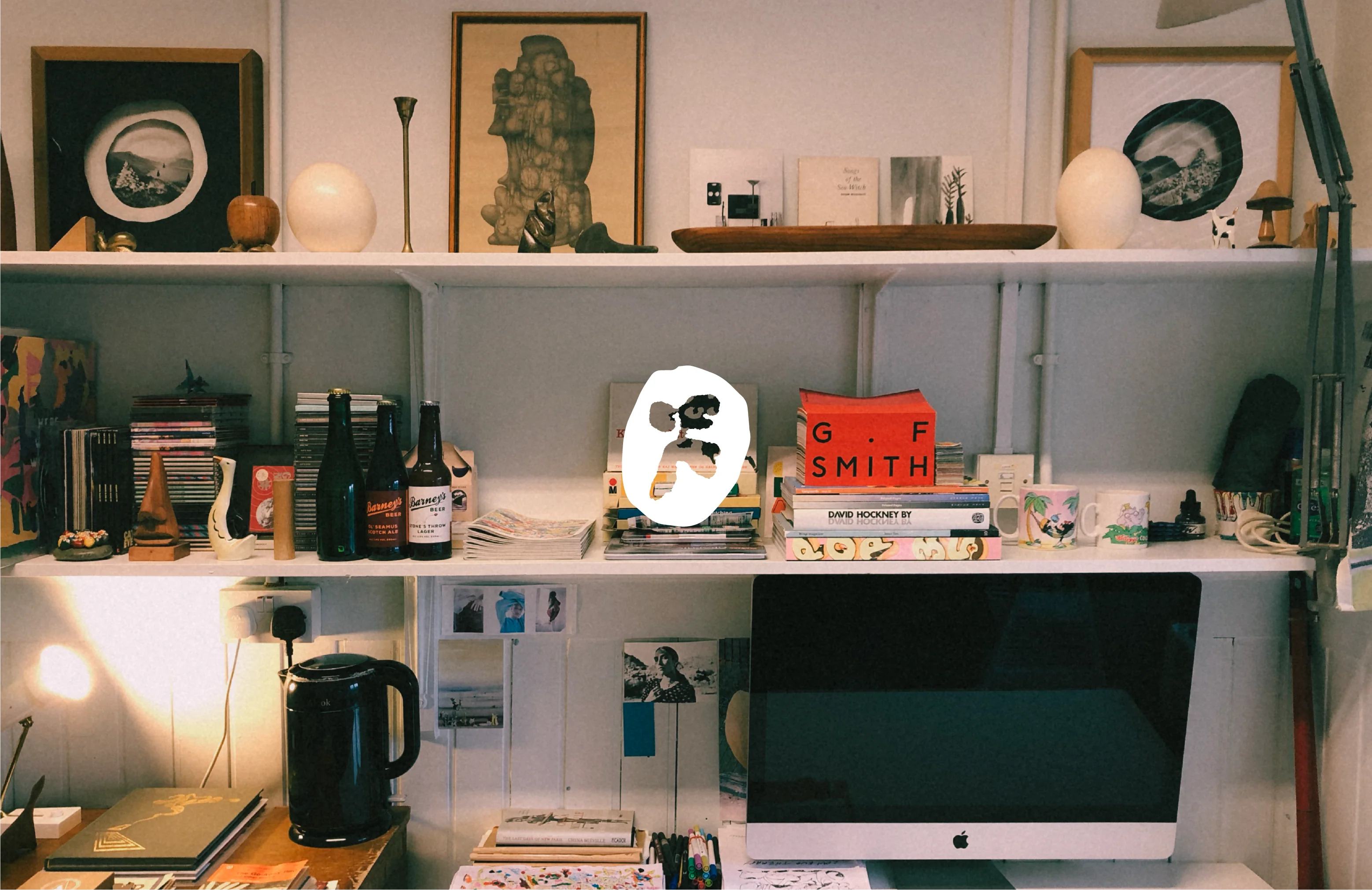Tell us a bit about yourself and your background.
I grew up in a little village by the seaside in England. After a long stint in London, I relocated to Edinburgh, Scotland. I’m a freelance graphic designer and illustrator, also working with animation and video.
Your work often explores the intersection of traditional art techniques and contemporary styles. How did you develop your unique artistic voice, and what influences shaped it?
I’ve been interested in art and design from a really young age. I’ve always drawn and painted and made stuff. I grew up loving the usual - comics, cartoons, films, computer games, TV and music. I was also obsessed with skateboarding and skateboard culture. The graphics, videos, magazines and clothing.
I actually don’t see my voice being especially unique. I feel more like I’m just playing around with, and riffing on an already established and growing visual language or feeling. I draw on my own cultural influences, and also from a million other creative people’s cultural influences that intersect with mine. I think we’re all dipping our spoons into the same soupy stew and coming up with new ways of expressing what it tastes like.


Leave a comment
This site is protected by hCaptcha and the hCaptcha Privacy Policy and Terms of Service apply.